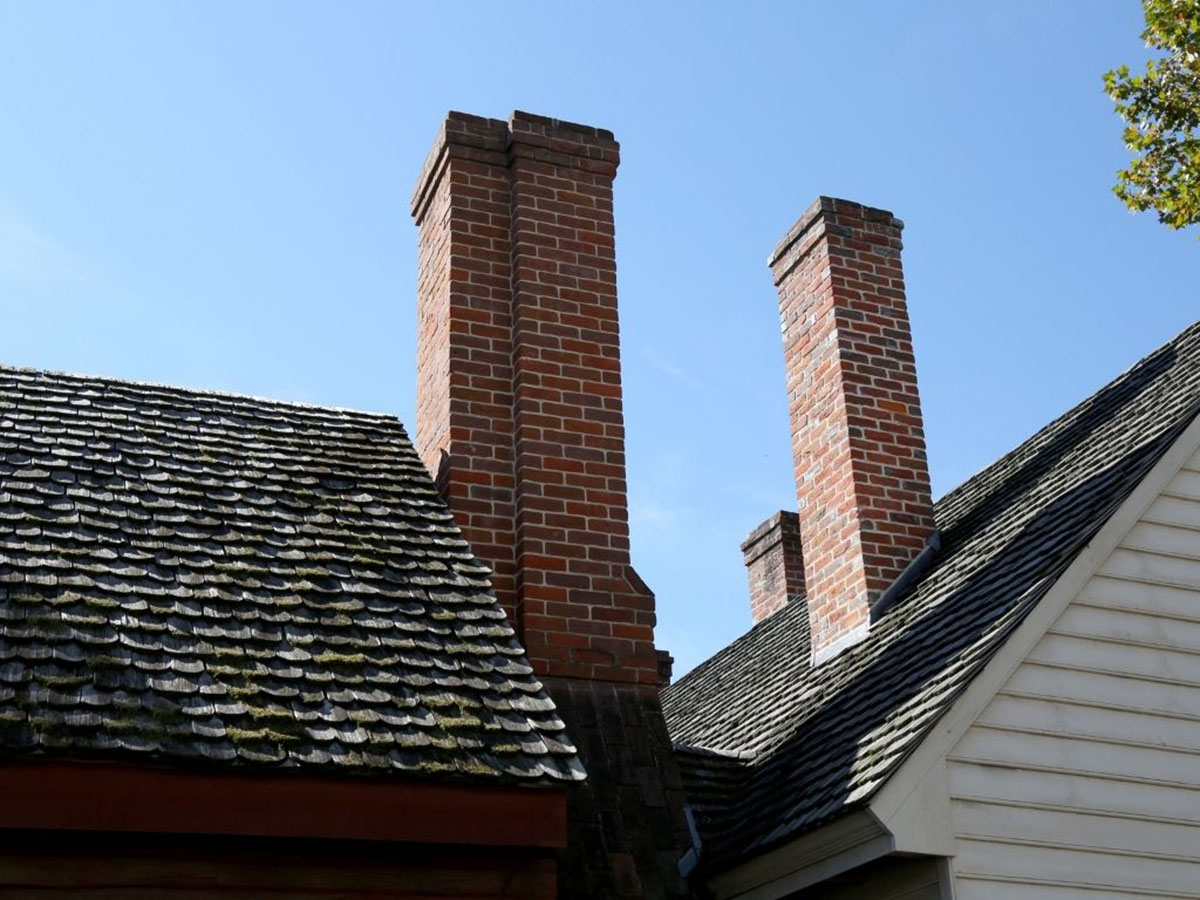

Articles
Why Does Rain Not Coming Down The Chimney
Modified: August 28, 2024
Discover the science behind why rain never comes down the chimney with these insightful articles. Explore the factors that prevent water from entering your home through the fireplace.
(Many of the links in this article redirect to a specific reviewed product. Your purchase of these products through affiliate links helps to generate commission for Storables.com, at no extra cost. Learn more)
Introduction
Have you ever wondered why rain doesn’t come down the chimney? It’s a curious question that may have crossed your mind while watching raindrops fall on a cozy rainy day. Rainfall is a natural phenomenon that can bring both comfort and concern, but it seems to have a mysterious aversion to chimney openings. In this article, we will explore the fascinating science behind rainfall and the reasons why rain doesn’t come down the chimney.
Understanding the relationship between rain and chimneys requires delving into the principles of weather patterns and the function of chimneys. By unraveling this connection, we can gain valuable insights into the mechanisms that prevent rain from entering our homes through the chimney.
Join us on this captivating journey as we explore the science behind why rain doesn’t come down the chimney and the significance of chimney caps in protecting our homes from the elements.
Key Takeaways:
- Chimneys are designed to repel rainwater through their angle, capillary action, and flue liners. Properly installed chimney caps play a crucial role in keeping rain out and protecting homes from potential water damage.
- Rain entering the chimney can lead to detrimental effects such as water damage, creosote buildup, odor and air quality issues, chimney leaks, and energy loss. Regular maintenance and investing in chimney caps are essential for preserving chimney integrity and home comfort.
The Science Behind Rainfall
Rainfall is a natural meteorological process that occurs when water droplets in the atmosphere condense and join together, forming larger droplets that eventually fall to the ground. This process is driven by a complex interplay of various environmental factors, including temperature, humidity, and air pressure.
Water vapor in the atmosphere undergoes a process called evaporation, where it transforms from a liquid to a gaseous state. This water vapor rises into the atmosphere, carrying with it heat energy from the Earth’s surface. As the warm, moist air rises, it cools down, causing the water vapor to condense into tiny water droplets or ice crystals. These droplets or crystals then come together to form clouds.
Within clouds, the water droplets or ice crystals continue to collide and merge, growing in size until they are heavy enough to overcome the upward force of air currents. This is when precipitation occurs, and the droplets or crystals fall to the Earth’s surface as rain, snow, sleet, or hail, depending on the prevailing atmospheric conditions.
While rainfall is a common occurrence, it can be influenced by various factors, such as the topography of the area, prevailing wind patterns, and local climate conditions. These factors determine the amount and intensity of rainfall experienced in a particular region.
Now that we have a basic understanding of rainfall, let’s explore how it interacts with chimneys and why rain doesn’t come down them.
The Function of a Chimney
A chimney is a vertical structure designed to provide ventilation for smoke, gases, and other byproducts produced by heating systems such as fireplaces, woodstoves, and furnaces. Its primary function is to safely channel these pollutants out of the living space and release them into the atmosphere.
Chimneys are typically built with bricks or metal and consist of several components, including a flue, a chimney liner, and a chimney cap. The flue is the main passage through which the smoke and gases exit the building. The chimney liner provides insulation and protects the chimney structure from corrosion and damage caused by the byproducts of combustion.
Chimneys work based on the principle of draft, also known as airflow. When a fire is burning inside a fireplace or stove, it creates a buoyant force that causes the warm air and gases to rise. This upward movement creates a partial vacuum, which pulls in fresh air from the room to fuel the fire and allows the smoke and gases to escape through the chimney.
The draft is crucial for the efficient operation of heating systems. It ensures that combustion byproducts are safely expelled, prevents the accumulation of smoke and harmful gases indoors, and maintains an optimal supply of oxygen for the fire to burn.
Now that we understand the function of a chimney, let’s explore the factors that prevent rain from coming down the chimney.
Factors Preventing Rain from Coming Down the Chimney
While rain often seems determined to find its way into every crack and crevice, it mysteriously avoids descending down the chimney. Several factors play a role in preventing rain from entering the chimney and disrupting the comfort of our homes.
1. Chimney Design and Angle: The design and angle of the chimney have a significant impact on rainwater diversion. Chimneys are built with a slight incline, angling away from the opening to encourage rainwater to flow down and away from the chimney. This design feature helps prevent rainwater from entering the chimney opening directly.
2. Capillary Action: The interior surfaces of the chimney, such as the flue liner, are usually coated with a layer of creosote, a sticky substance. This layer acts as a barrier, preventing water from being absorbed into the chimney’s interior walls through capillary action. Instead, the water is repelled and diverted away from the chimney.
3. Flue Liner: The presence of a flue liner, typically made of clay, metal, or concrete, creates a smooth and continuous pathway for smoke and gases to exit the chimney. This liner also helps to repel water and prevent it from entering through any gaps or cracks in the chimney structure.
4. Chimney Cap: One of the most crucial factors in keeping rain out of the chimney is the presence of a chimney cap. A chimney cap is a protective cover placed atop the chimney opening, usually made of metal or stainless steel mesh. The cap acts as a barrier to prevent rainwater, debris, and animals from entering the chimney. It allows for proper airflow while keeping out unwanted elements.
5. Overhangs and Flashing: The presence of roof overhangs and proper flashing installation around the chimney also plays a role in preventing rainwater from entering the chimney. Overhangs provide additional protection by diverting rainwater away from the chimney opening. Properly installed flashing, which is a thin material placed around the base of the chimney where it meets the roof, helps to create a watertight seal and directs rainwater away from the chimney.
By understanding these factors, chimney designers and homeowners can create and maintain a system that effectively prevents rain from coming down the chimney. However, it is important to note that even with these preventive measures in place, extreme weather conditions or improper installation and maintenance can still lead to water penetration. That is why regular chimney inspections and maintenance are crucial to ensure the chimney’s integrity and functioning.
Now, let’s explore the importance of chimney caps in keeping rain out of the chimney.
To prevent rain from coming down the chimney, install a chimney cap with a mesh screen to keep out water while still allowing smoke to escape. Regular maintenance and inspections can also help identify and address any potential issues.
The Importance of Chimney Caps
Chimney caps are an essential component of any chimney system, offering multiple benefits that go beyond just keeping rainwater out. Let’s delve into the importance of chimney caps and the advantages they provide.
1. Rainwater Protection: The primary function of a chimney cap is to prevent rainwater from entering the chimney. By covering the chimney opening, the cap acts as a shield against rain, protecting the chimney’s interior from water damage. This helps maintain the structural integrity of the chimney and prevents costly repairs caused by water infiltration.
2. Debris and Animal Prevention: Chimney caps also serve as a barrier against debris such as leaves, twigs, and branches that can potentially clog the chimney flue. These obstructions not only restrict proper airflow but can also pose a fire hazard. Additionally, chimney caps prevent birds, squirrels, raccoons, and other animals from entering and nesting in the chimney, avoiding potential blockages and damage.
3. Spark Arrestor: Many chimney caps come equipped with a mesh screen, known as a spark arrestor. This screen acts as a safety feature by preventing sparks and embers from the fireplace or stove from escaping through the chimney and landing on the roof or surrounding areas. This reduces the risk of a chimney fire and helps protect your home and property.
4. Improved Draft and Airflow: The design of chimney caps incorporates vents or openings that allow for proper ventilation and airflow. These vents help maintain a consistent and efficient draft, allowing smoke, gases, and combustion byproducts to exit the chimney more effectively. This enhances the overall performance of the heating system and reduces the chances of backdrafts or downdrafts.
5. Aesthetics: Apart from their practical benefits, chimney caps also contribute to the aesthetic appeal of the chimney and the overall exterior of the house. They come in various styles, materials, and finishes, allowing homeowners to choose a cap that complements their architectural design and personal style.
Installing a chimney cap is a wise investment that provides long-term protection and peace of mind. It can help extend the lifespan of your chimney, prevent costly repairs, and ensure the safety and efficiency of your heating system.
However, it is important to note that not all chimney caps are created equal. Proper sizing and installation are crucial to ensure optimal performance. Consulting with a professional chimney specialist is recommended to select the right chimney cap for your specific chimney and to ensure proper installation.
Now that we understand the significance of chimney caps, let’s explore other effects of rain entering the chimney.
Read more: Chimney Smells When It Rains
Other Effects of Rain Entering the Chimney
While we have discussed how chimney caps can prevent rain from entering the chimney, it is essential to understand the potential consequences when rainwater does manage to make its way inside. Let’s explore some of the effects of rain entering the chimney:
1. Water Damage: If rainwater enters the chimney, it can cause significant damage over time. The water can saturate the interior masonry, leading to deterioration, cracking, and crumbling of the bricks or mortar. This can weaken the chimney structure and compromise its safety and functionality. In extreme cases, the water can even seep into the walls and ceilings of your home, causing water stains, mold growth, and other moisture-related issues.
2. Creosote Buildup: When rainwater mixes with creosote, the residue left behind by burning wood or other fuel sources, it can create a sticky and acidic substance. This mixture can accelerate the buildup of creosote within the chimney, increasing the risk of chimney fires. Creosote is highly flammable, and an excessive accumulation can lead to dangerous and potentially devastating chimney fires.
3. Odor and Air Quality Issues: Moisture from rain entering the chimney can contribute to the development of a musty odor. This odor can permeate throughout your home, affecting the indoor air quality and creating an unpleasant living environment. It can also exacerbate respiratory issues for those with allergies or asthma. Additionally, the presence of water in the chimney can create a breeding ground for bacteria, fungi, and other harmful microorganisms, further compromising indoor air quality.
4. Chimney Leaks: Rainwater entering the chimney can lead to leaks within the chimney structure. These leaks can result in water trickling down the chimney walls, into the firebox, or even into the interior of your home. This not only causes damage to your chimney but can also affect your walls, ceilings, and other surrounding structures.
5. Energy Loss: Rainwater entering the chimney can create a draft or air leakage, causing a loss of heat or cooled air from your home. This can result in higher energy bills as your heating or cooling system works harder to maintain a comfortable indoor temperature.
It is evident that allowing rainwater to enter the chimney can have significant and wide-ranging consequences. To prevent these issues, it is crucial to invest in a properly sized and installed chimney cap and to ensure regular maintenance and inspections to detect and address any potential issues.
Now, let’s conclude our exploration of why rain doesn’t come down the chimney.
Conclusion
In conclusion, the science behind why rain doesn’t come down the chimney is fascinating and involves various factors that prevent water from entering. The design and angle of the chimney, the presence of a chimney cap, the protection offered by the chimney’s flue liner, and the proper installation of flashing all play a crucial role in keeping rainwater at bay.
We have also explored the importance of chimney caps in providing a range of benefits beyond rainwater protection. Chimney caps serve as a barrier against debris and animals, act as a spark arrestor, improve draft and airflow, and add to the aesthetic appeal of the chimney and home.
When rainwater manages to enter the chimney, it can lead to detrimental effects such as water damage, creosote buildup, odor and air quality issues, chimney leaks, and energy loss. These consequences highlight the necessity of maintaining a properly functioning chimney system and investing in preventative measures like chimney caps.
To ensure the integrity and longevity of your chimney, it is essential to have it inspected regularly and perform necessary maintenance. Consulting a professional chimney specialist can provide expert guidance on chimney cap selection, installation, and maintenance.
So next time you enjoy a cozy rainy day, you can appreciate the science behind why rain doesn’t come down the chimney and rest assured that your chimney is protected, keeping your home safe, dry, and comfortable.
Remember, a well-maintained chimney not only enhances the functionality of your heating system but also contributes to the overall safety and comfort of your home.
Curious about keeping your living space in top shape, or maybe you've noticed some wear and tear on your roof? Our upcoming pieces cover essential home maintenance strategies and offer practical advice on roof repair for common issues like bubbles and tears. These guides provide straightforward, easy-to-understand solutions that help protect and enhance your home. Don't miss out on these invaluable resources; they're just a click away!
Frequently Asked Questions about Why Does Rain Not Coming Down The Chimney
Was this page helpful?
At Storables.com, we guarantee accurate and reliable information. Our content, validated by Expert Board Contributors, is crafted following stringent Editorial Policies. We're committed to providing you with well-researched, expert-backed insights for all your informational needs.
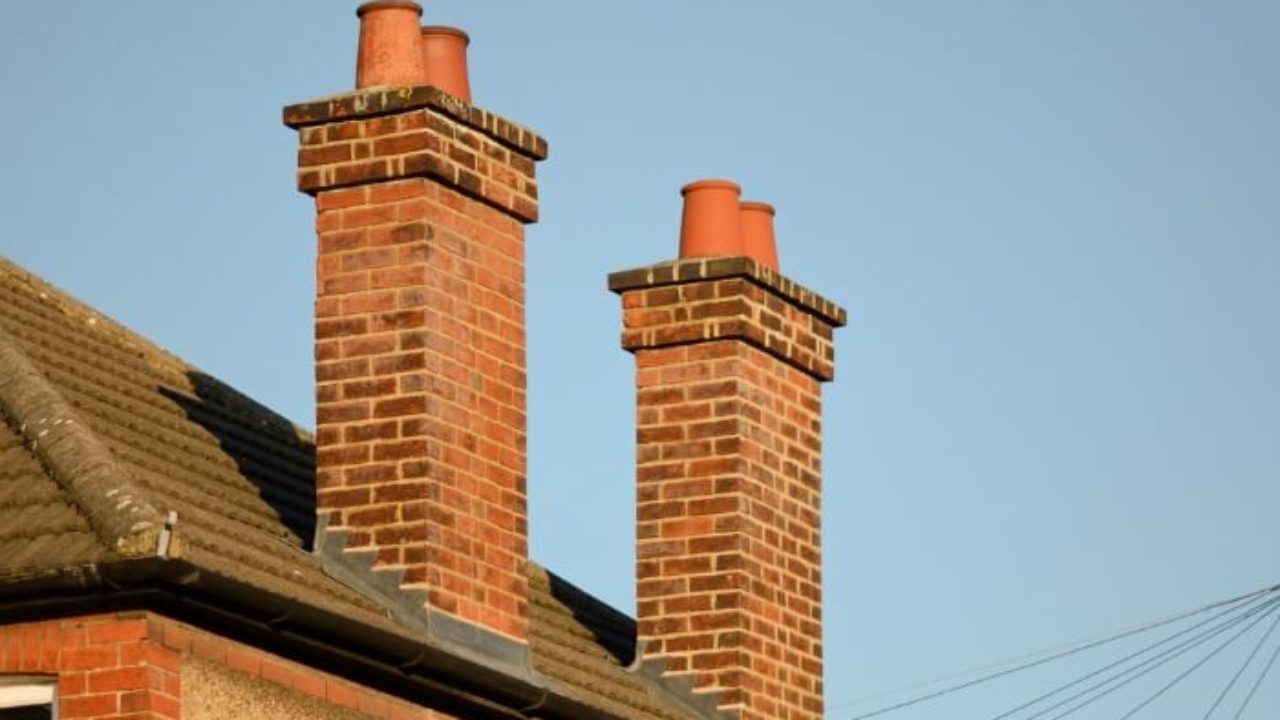
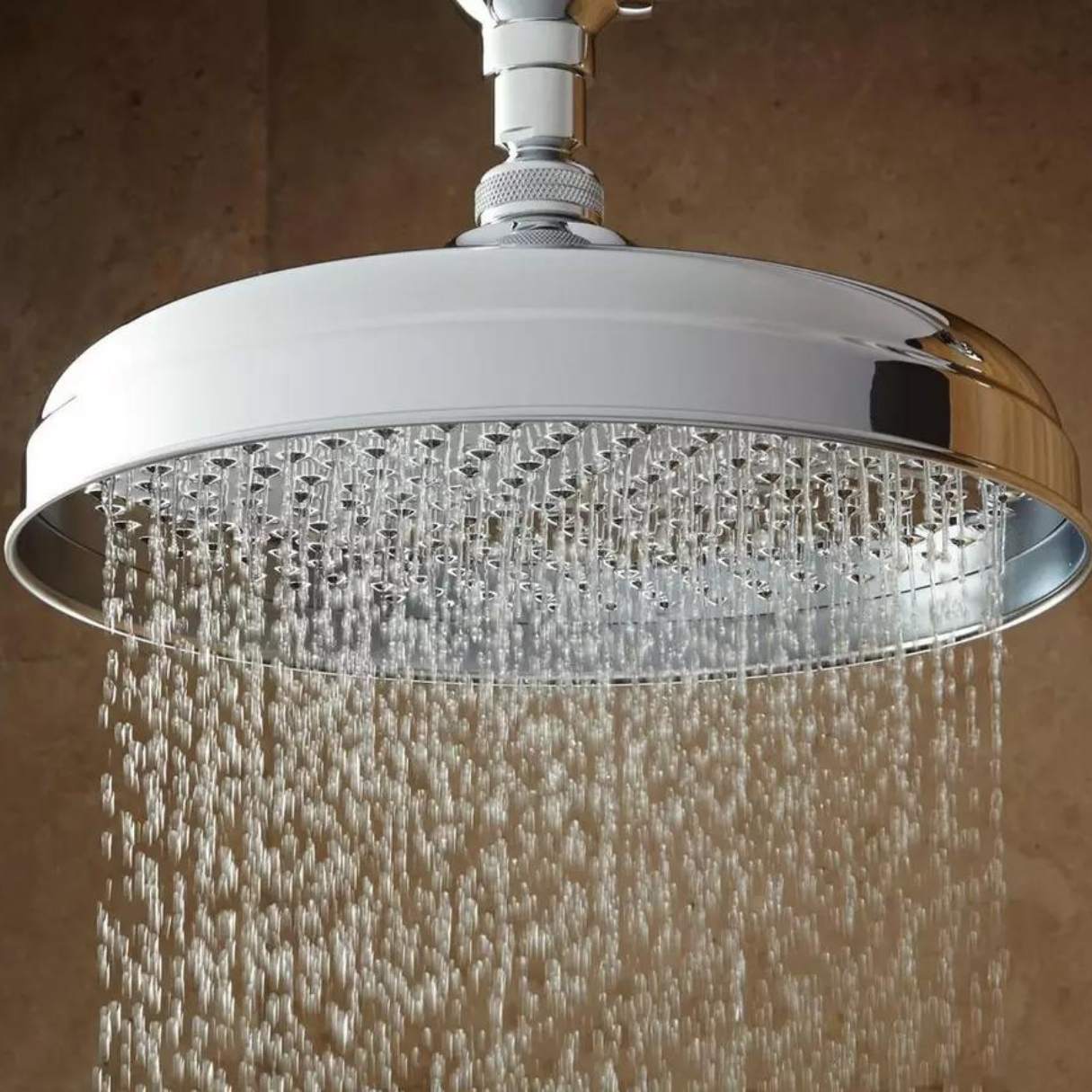
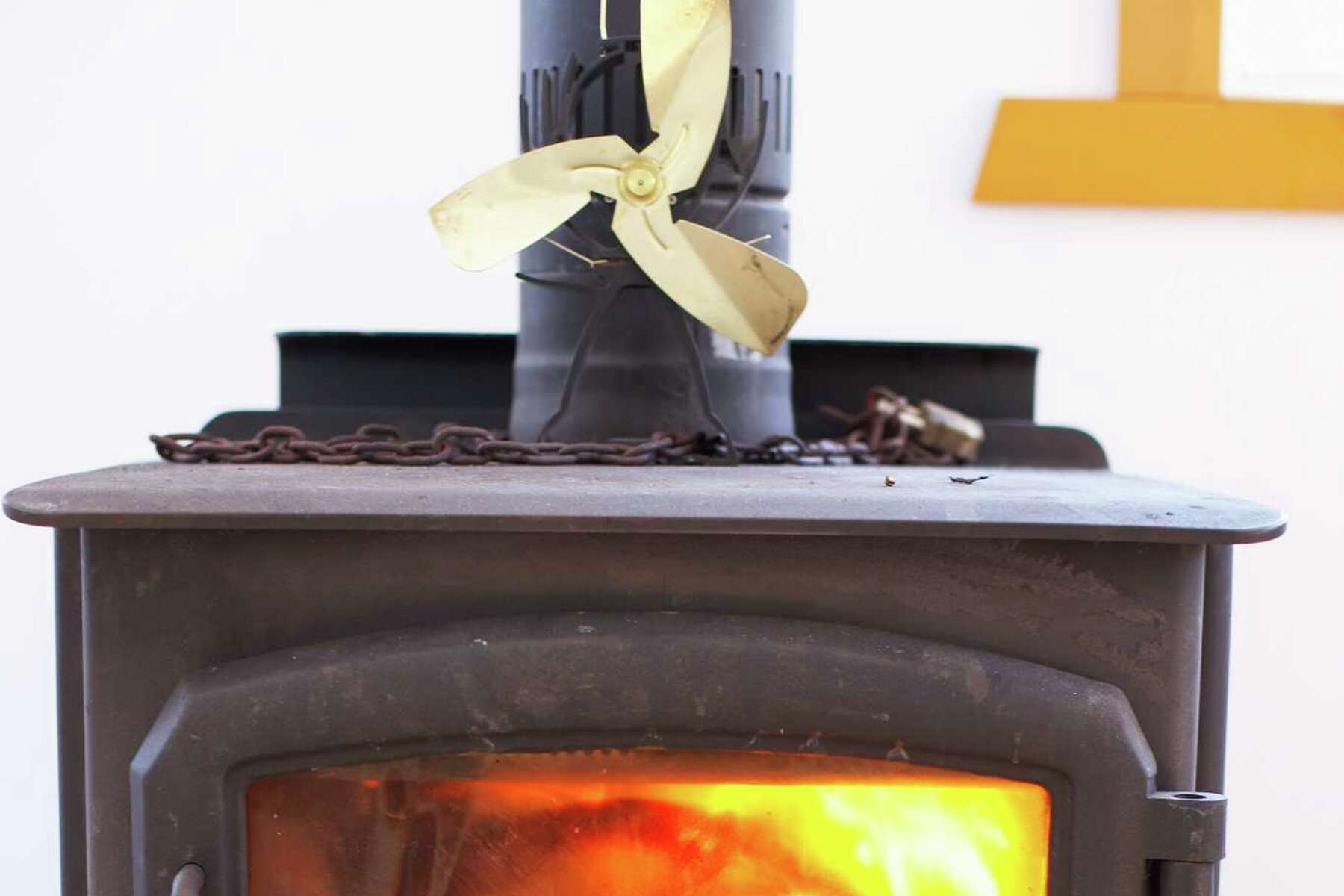

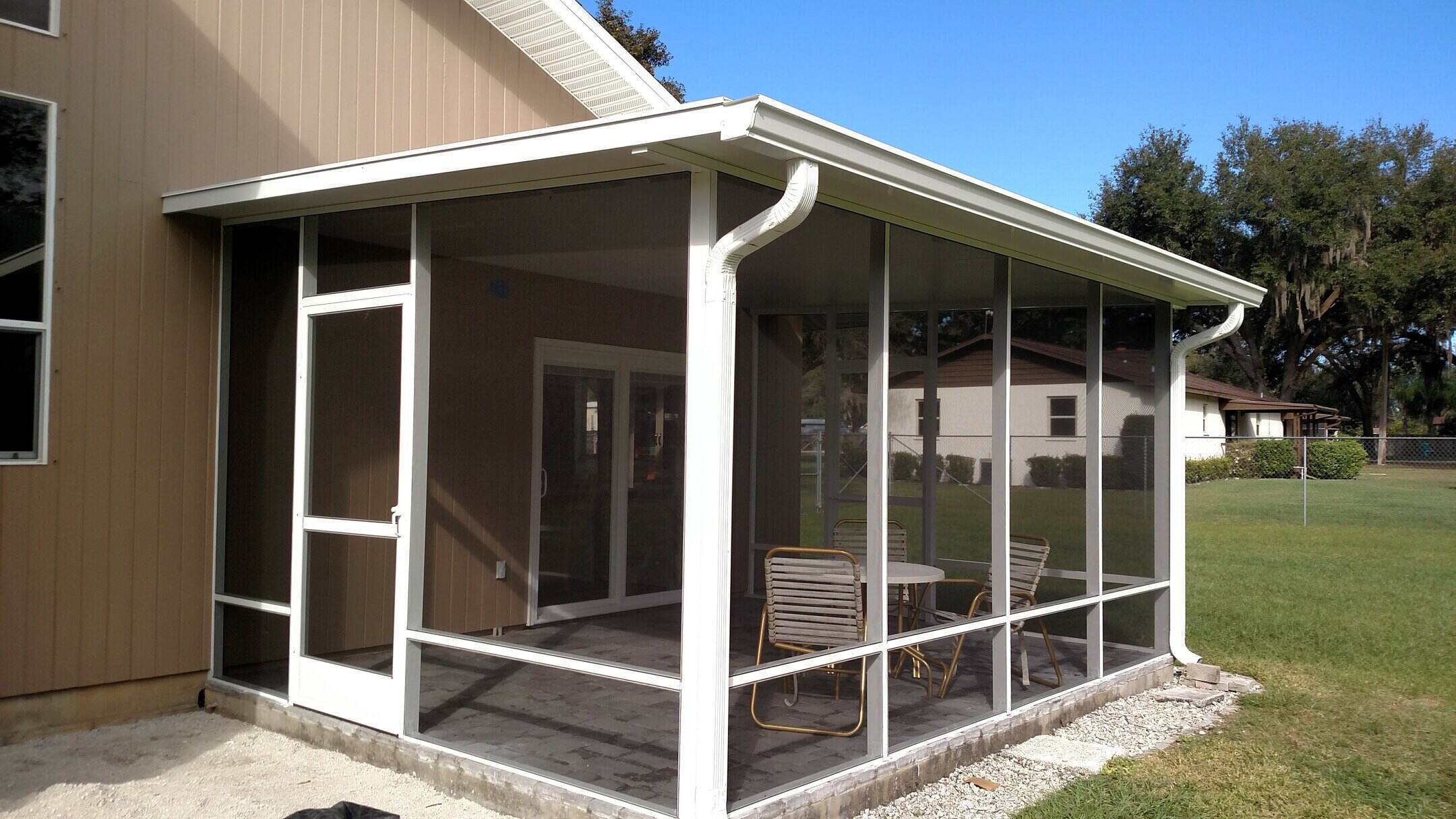

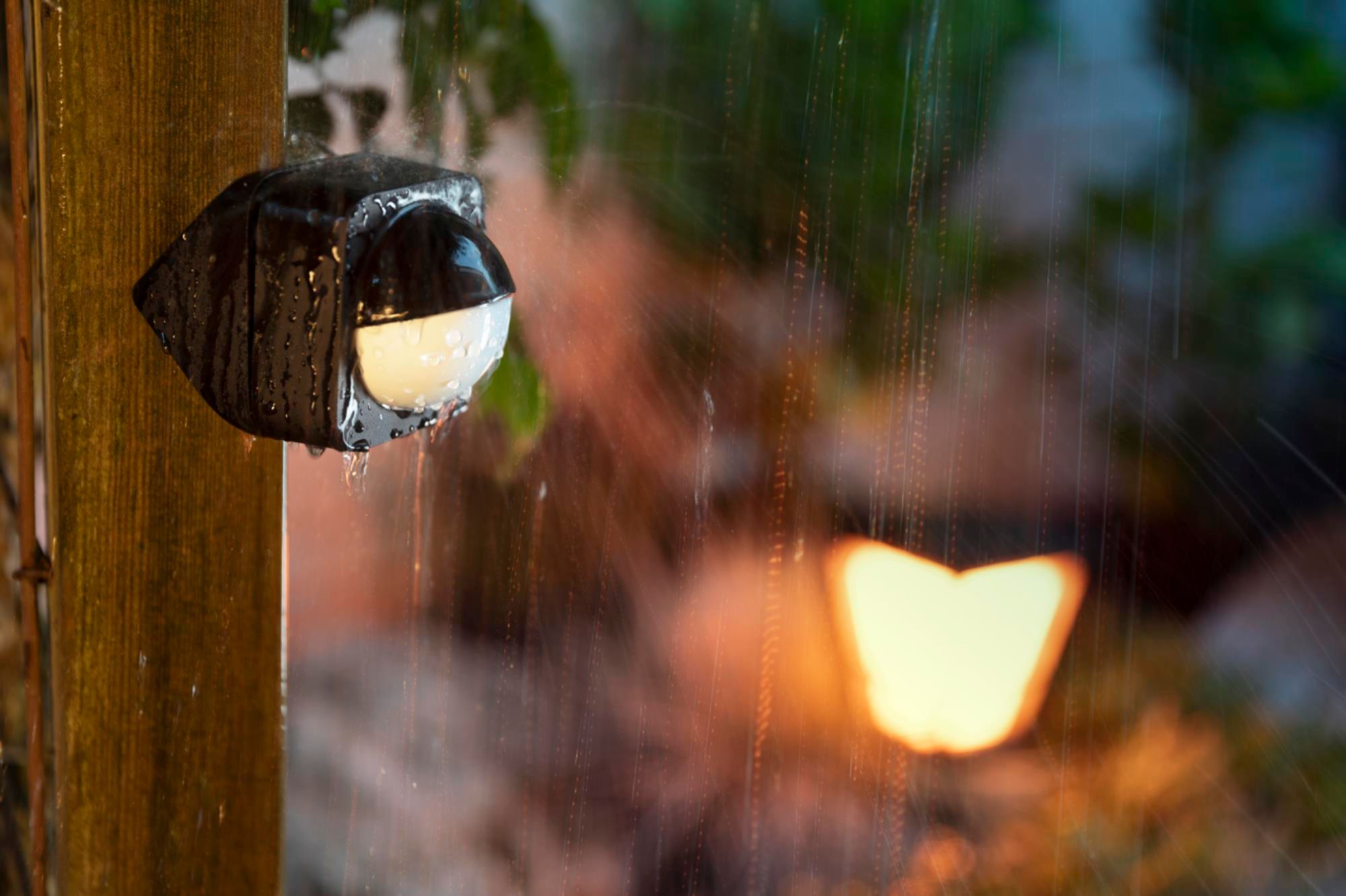
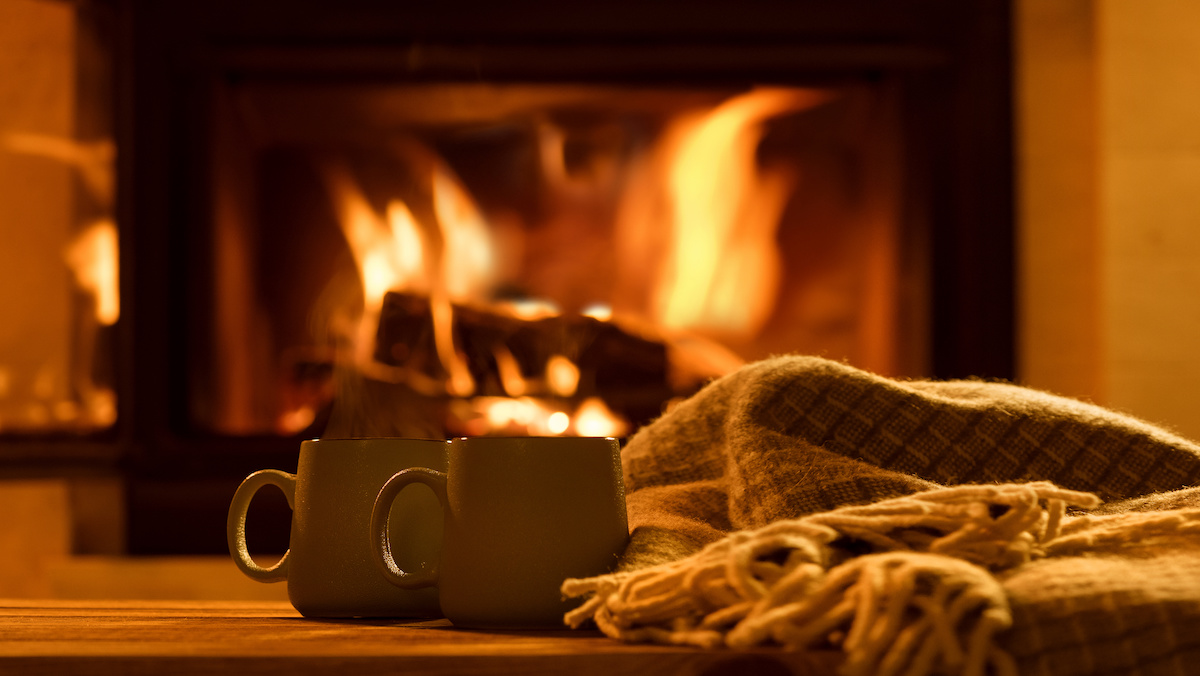
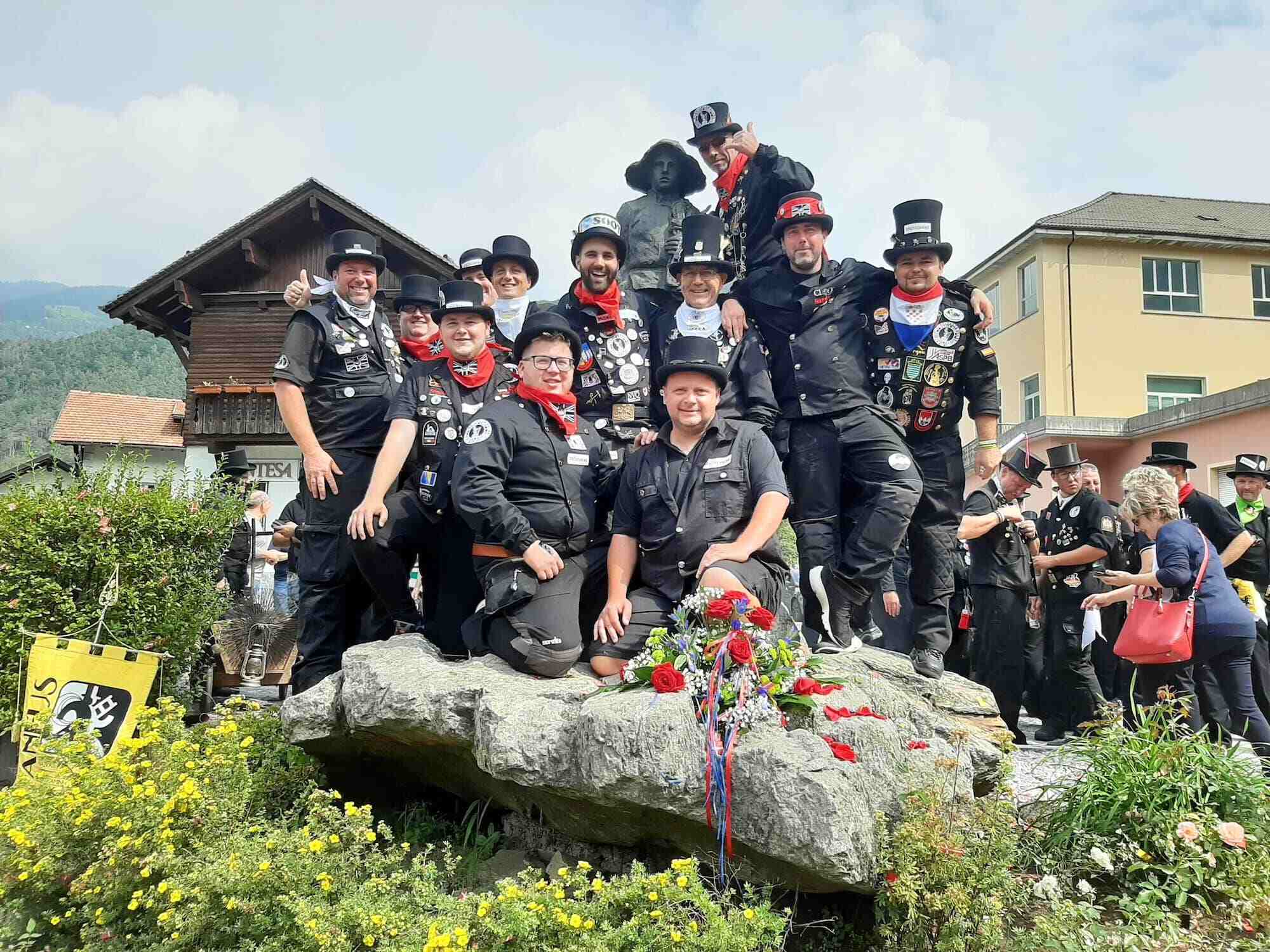

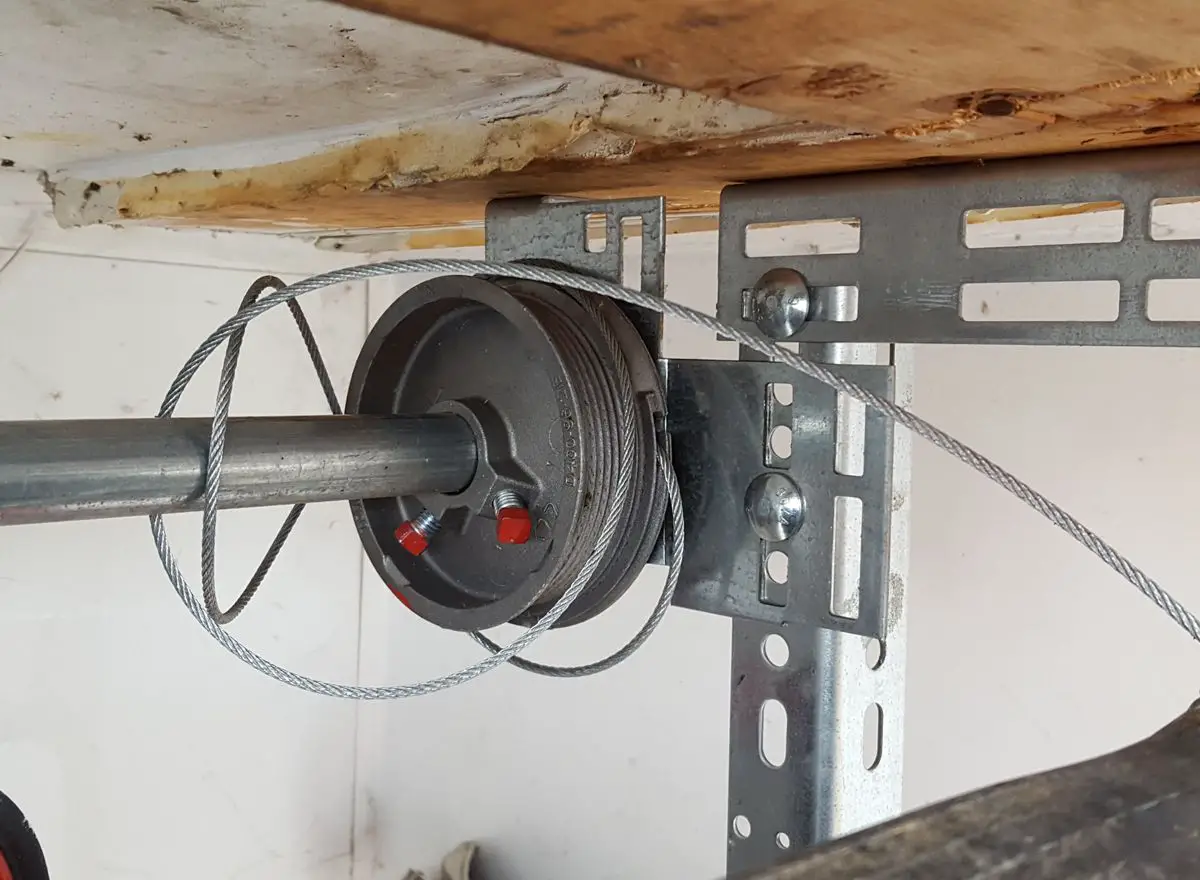
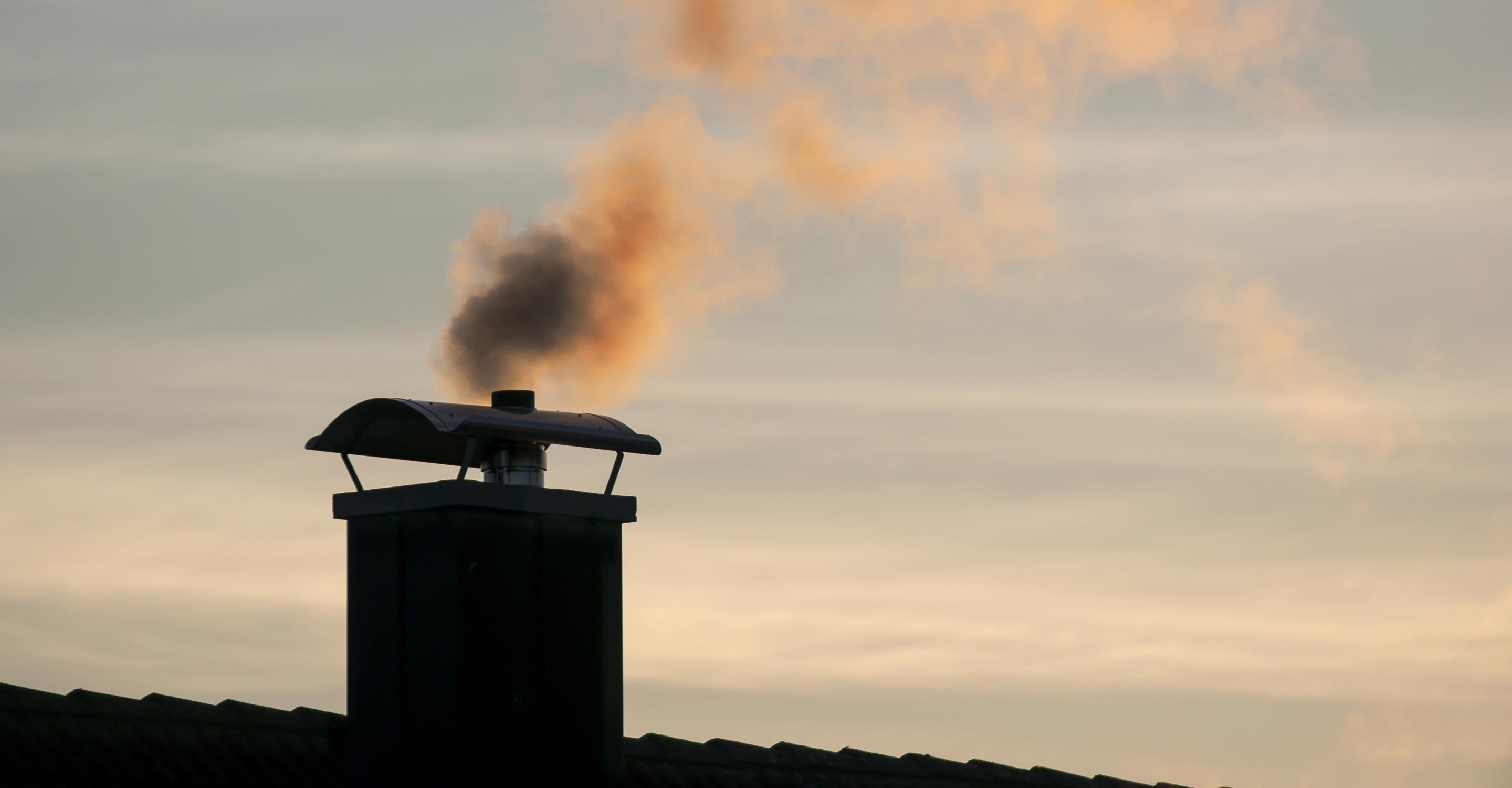
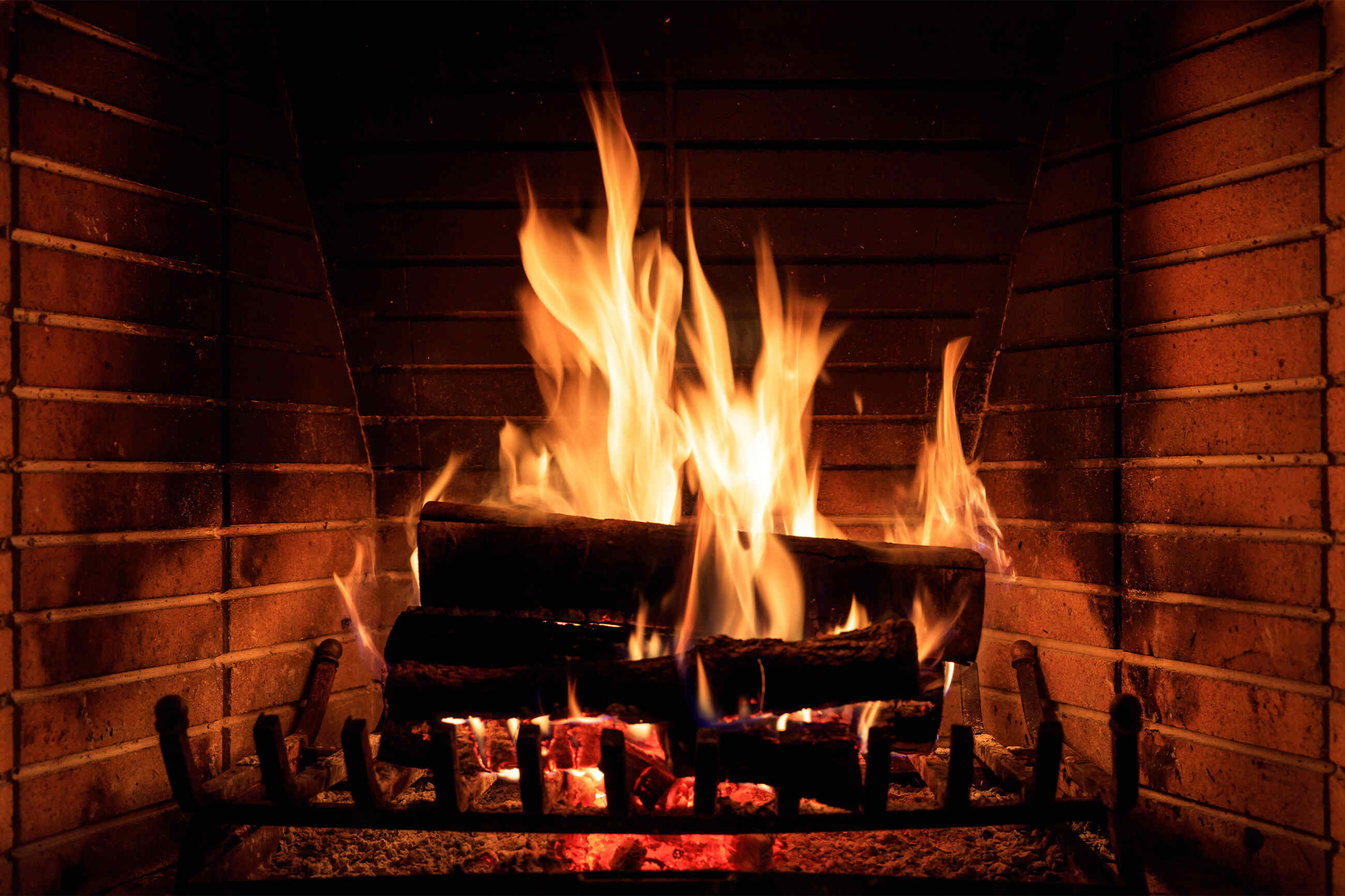
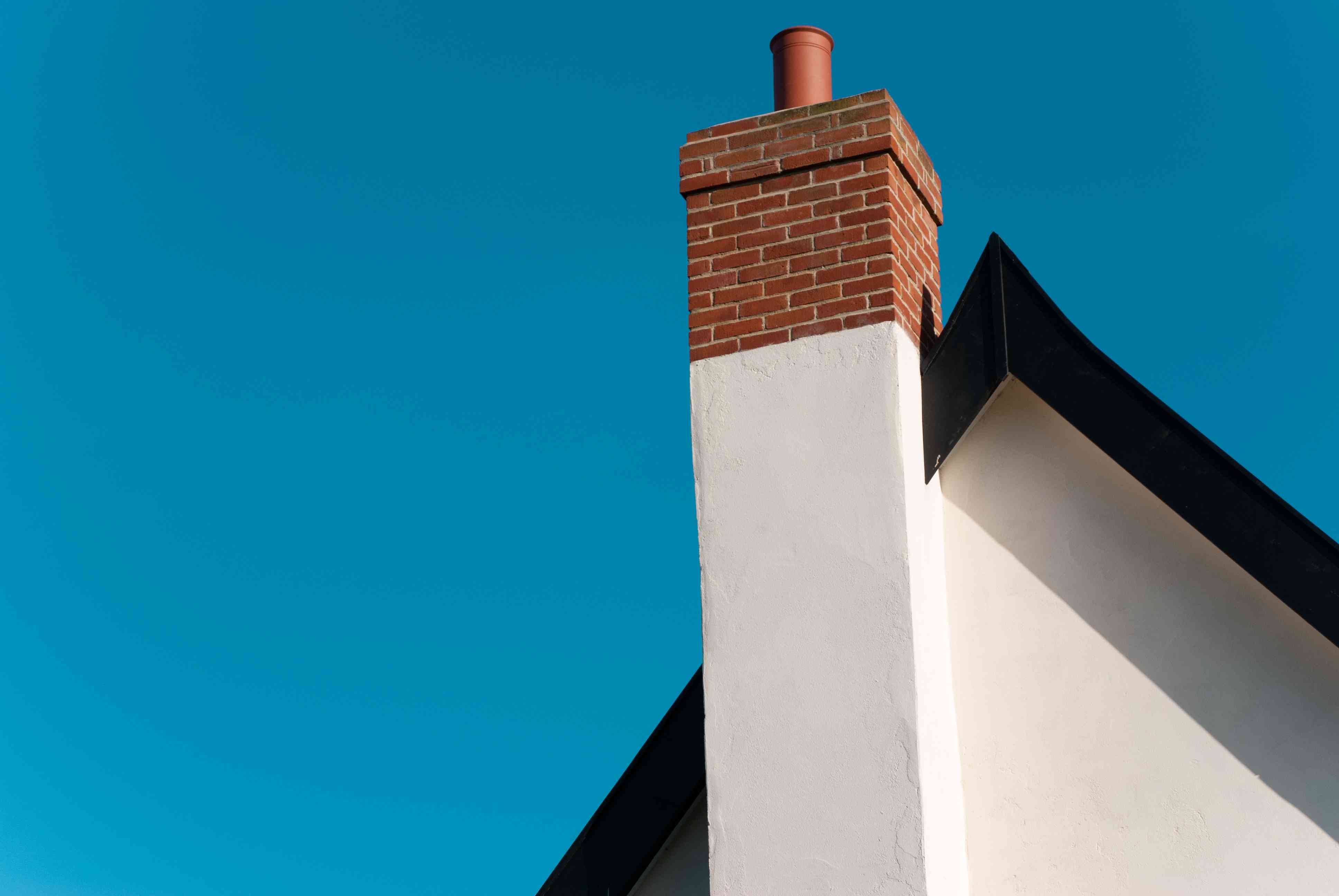

0 thoughts on “Why Does Rain Not Coming Down The Chimney”